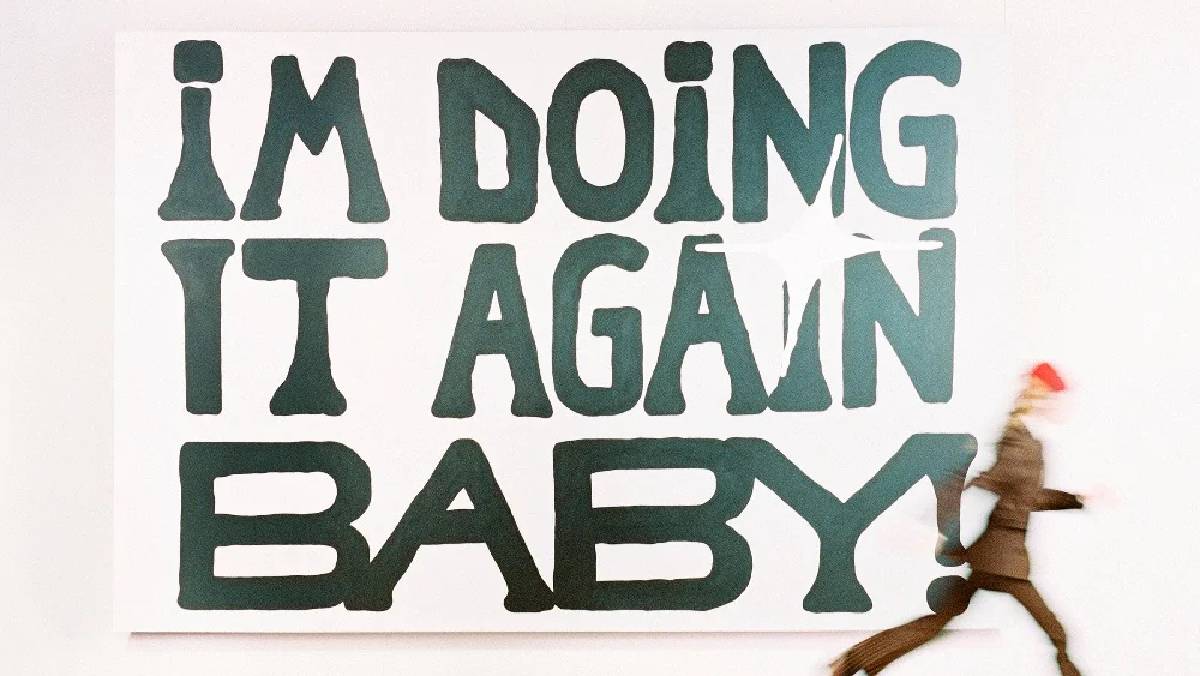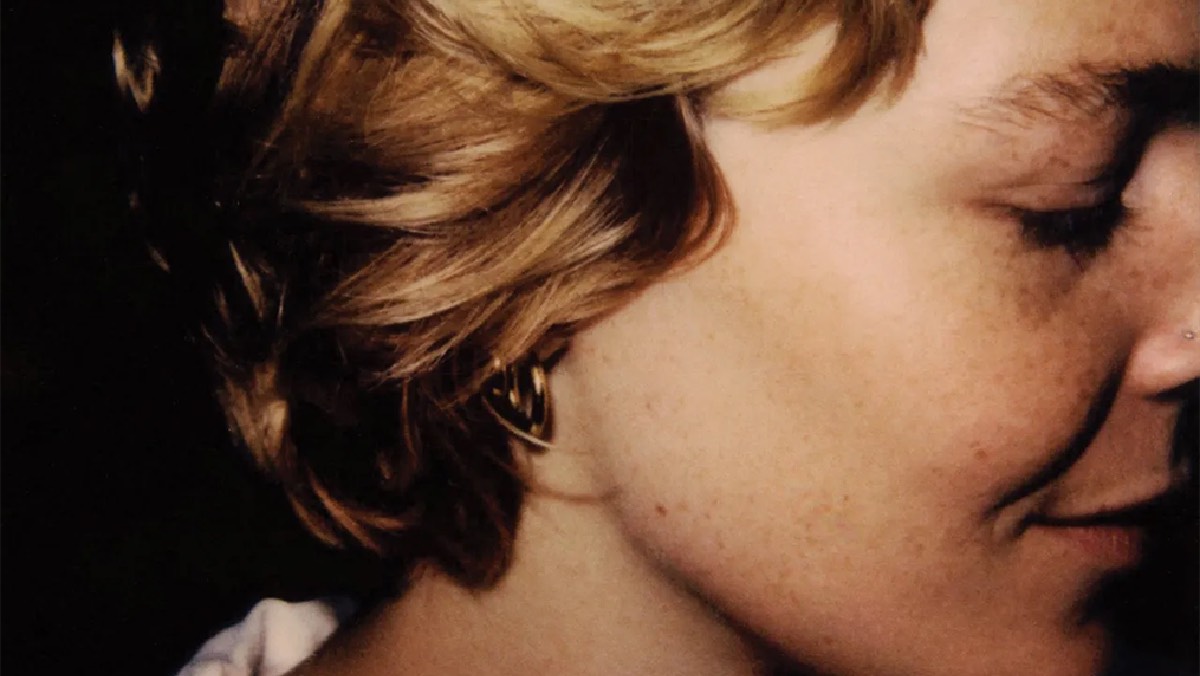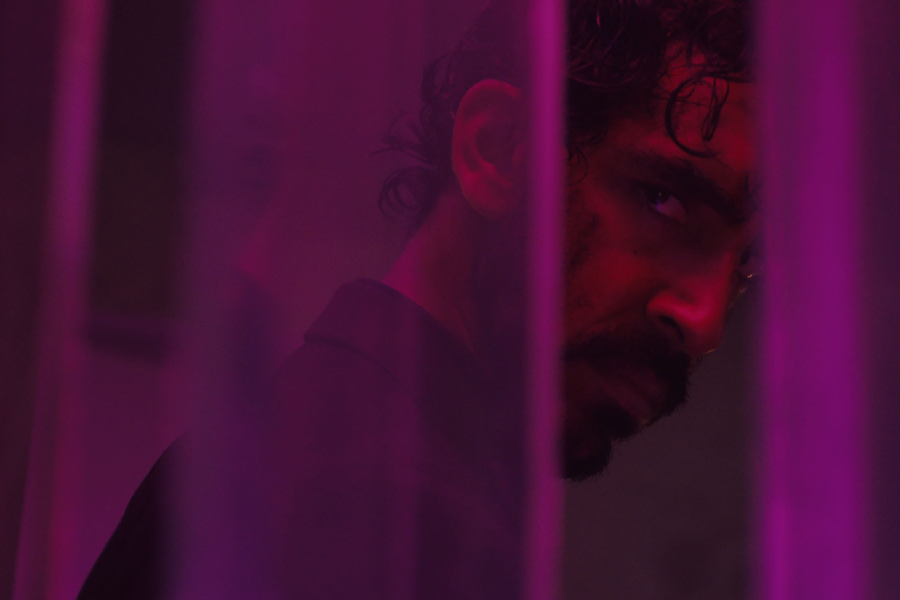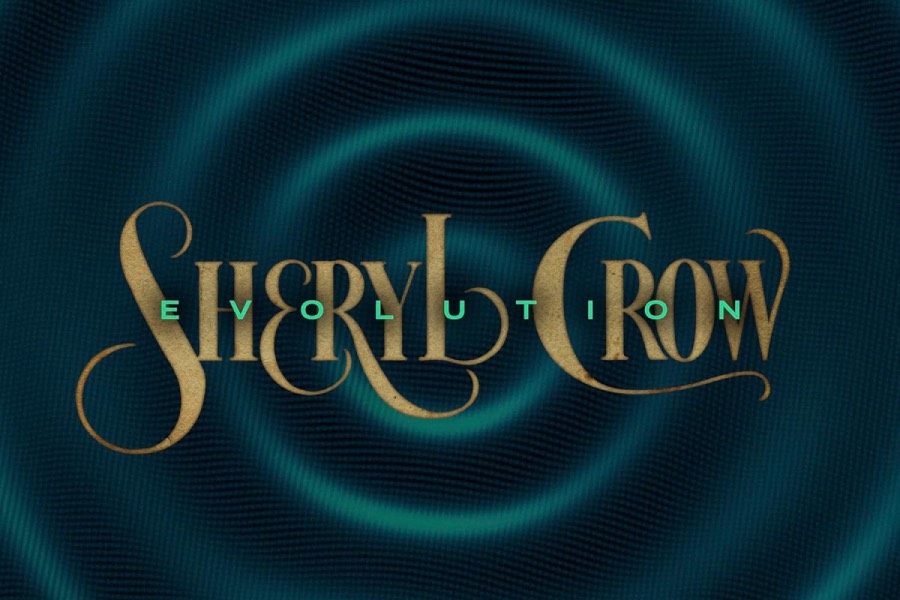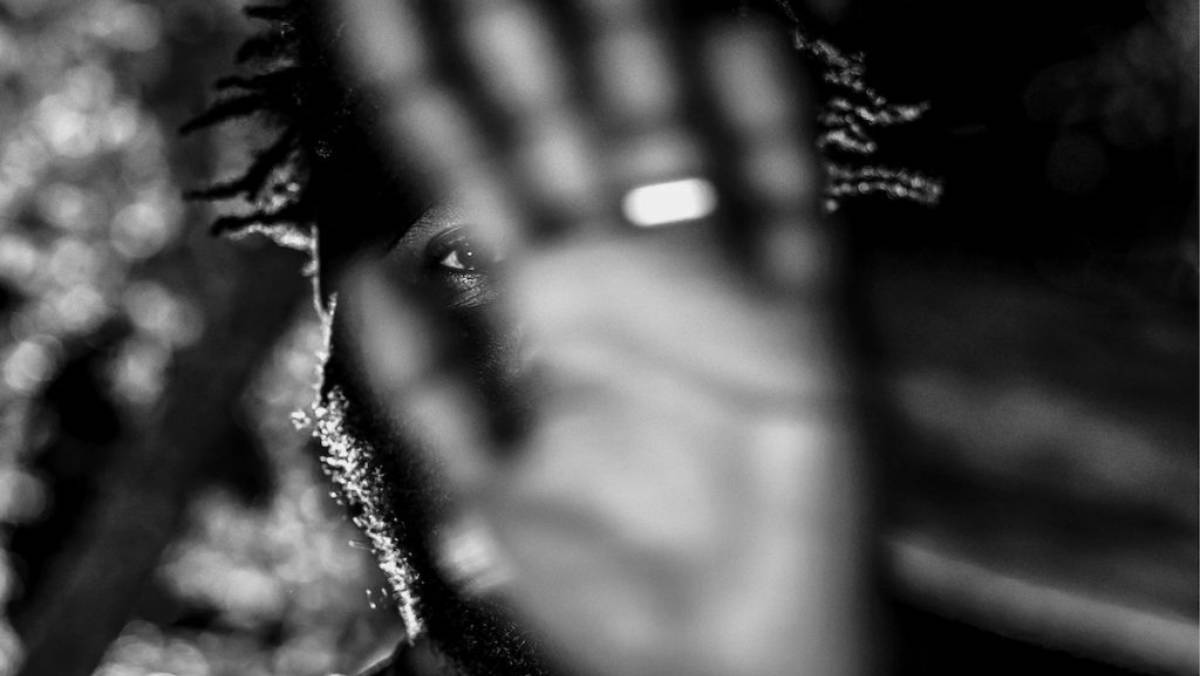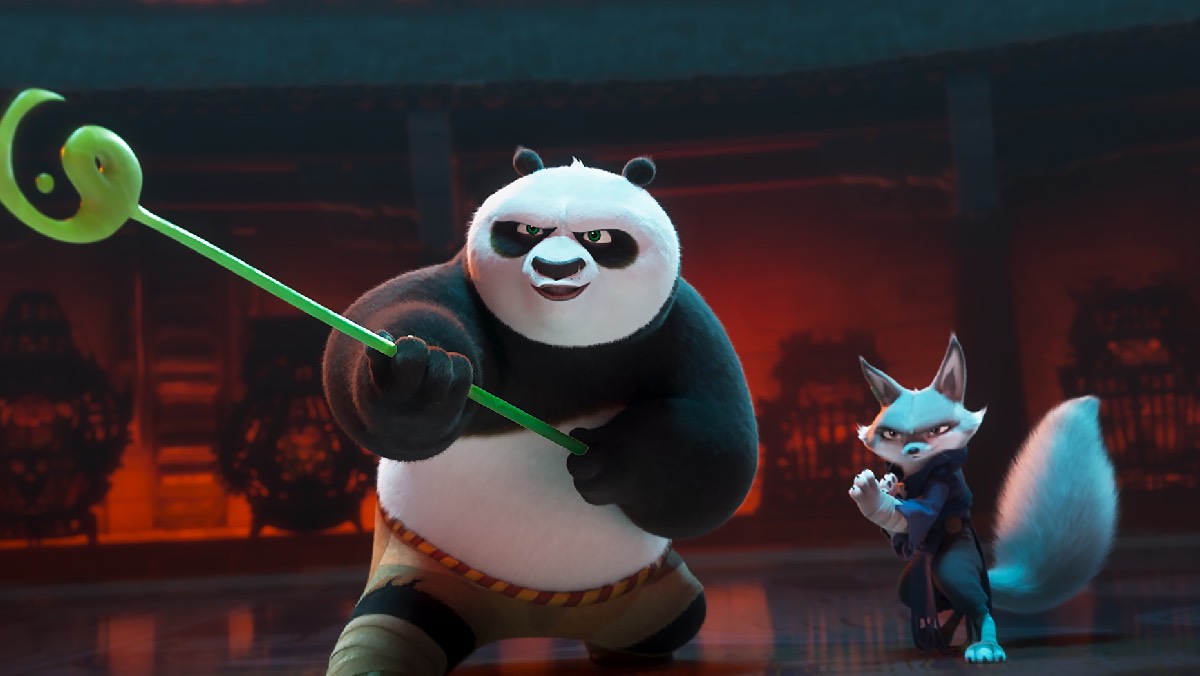In the halls of Cornell University’s Human Ecology Building, white mannequins draped in brightly colored Chinese dresses stand behind four glass display cases.
These dresses are a part of an exhibit, “Chinese Traditional Dress and Its Influence (1840–1960),” in the Elizabeth Schmeck Brown Gallery. The exhibit is a culmination of Chinese costume culture and its influence on Western countries during the Qing dynasty. Guest curator Yehong Wang, a visiting scholar from Wenzhou University, based in Zhejiang Province, China, collaborated with collection curator Charlotte Jirousek, associate professor of fiber science and apparel design, on the exhibit.
The mannequins are dressed in countless eye-catching colors, including vivid scarlets, deep
purples and earthy greens. Every dress sports elaborate embroidery with an array of intense colors, pulling all the elements of the pieces together. In traditional Manchu style, stark white and cream dresses bloom with contrasting accent colors, framing the figures donning the apparel. The combination of colors adds a cheerful element that isn’t overwhelming or overbearing. Each one is distinct and completely different from the one next to it.
A notable focus of the exhibit includes Machu surcoats, a type of coat usually worn by men or women on top of the outermost layer of clothing. Many of these garments have thick borders along the neckline and down the front and bottom, with elaborate flowers, vines, leaves, butterflies and dragons, among other designs, which bring the garments to life.
Each row of mannequins represents a variety of motifs that, despite having roughly 20 garments on display, are not repetitive. For the full appreciation of the work put into each dress, a viewer can walk right up to the dresses, stand nearly a foot away from each one, with only a pane of glass dividing them and the clothing. By stepping up close to the embroidery, viewers can see the detail in every stitch and the different colors that went into the elaborate designs.
In addition to dresses, other garments include shoes, headdresses and other apparel. These items also contain similar patterns, bright colors and embroidery.
Embroidery on the shoes is interwoven and complex, covering the entirety of the garment. They amount to something so visually intricate that they look almost too delicate to wear, seeming more suited for display than for everyday use.
Additional garments hanging on the wall add another dimension to the clothing, unlike those displayed on the mannequins. Seeing the designs laid flat provides a change of perspective that emphasizes the depth of craftsmanship in the embroidery adorning these pieces.
Overall, the exhibit, though small, is beautiful, intricate and full of history. However, “Chinese Traditional Dress” seems limited because it occupies a display space of only four small walls. There was nothing extraordinary about the collection, especially because there was no primary focus or standout piece. For enthusiasts of Oriental design and fashion, however, the exhibit may prove to be a short but enjoyable diversion into the realm of costuming.





